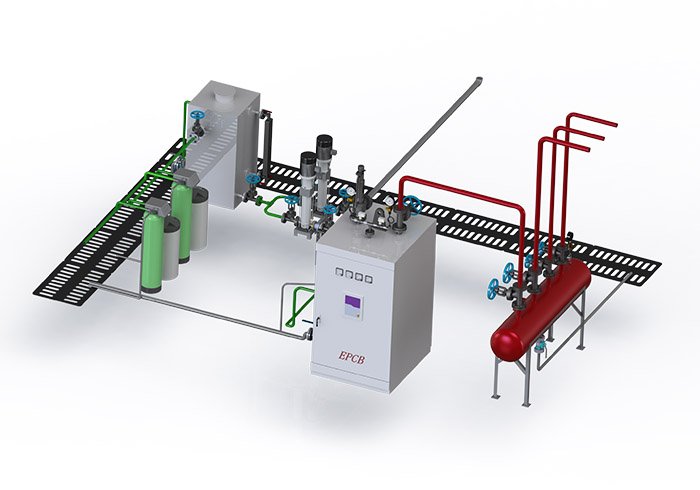In industrial production, the boiler is like the "heart" of the enterprise, and pressure management is the "metronome" of its stable beating. Once the pressure is out of control, not only affect the energy efficiency, but also may bring equipment damage, system failure, and even safety accidents.
Did you know? When boiler pressure gets too high, it not only triggers an alarm, but in severe cases, it can lead to steam leaks or bursts! This is not only an equipment issue, but also a safety issue. Therefore, whether it is a small or medium-sized factory, or a large continuous production line, companies must attach great importance to boiler pressure monitoring and regulation, and establish a scientific and systematic management mechanism.
As a professional brand of industrial boilers for many years, EPCB Boiler has always insisted on "safety first, efficiency first", and customized pressure control solutions for customers in various industries. Today, we will take you to understand: how to scientifically identify and reduce boiler pressure, guarding production safety every moment.
What is Boiler Pressure and its Importance
Boiler pressure is the pressure of water and steam inside the boiler, usually measured in bar. It reflects the "inherent tension" of the boiler system during operation, and is directly related to steam temperature, system stability and heating efficiency.
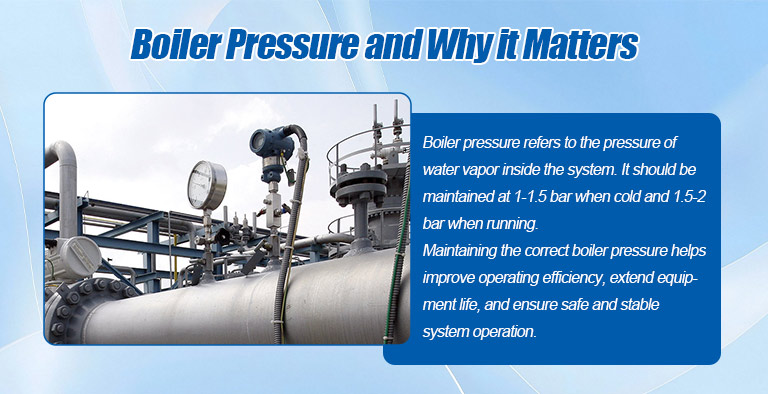
Boilers do not require the same range of pressures in different states:
Cold pressure (boiler not running): 1.0~1.5 bar
Operating pressure (during normal boiler operation): 1.5~2.0 bar
This range not only applies to most industrial boiler equipment, but is also the ideal interval to ensure smooth operation of the boiler system.
Keeping the boiler within the appropriate pressure range is the key to ensuring its efficient, safe and stable operation. Too low a pressure will lead to insufficient steam temperature, poor heating effect, affecting the efficiency of the system; while too high a pressure not only increases energy consumption and equipment load, but also may be frequently triggered by the protective device, but reduce efficiency and accelerate equipment wear. More seriously, too high or too low pressure may cause leakage, burst and other safety accidents, endangering the safety of people and property. Therefore, precise control of boiler pressure is an important part of industrial operation that cannot be ignored.
Different industrial conditions have different requirements for boiler pressure, need to be customized according to the actual needs of the adjustment. The textile industry requires stable and constant pressure output, the food industry has a low tolerance for pressure fluctuations, and the chemical industry must strictly control the pressure to ensure safety. EPCB Boiler, with many years of experience, provides "one-on-one" pressure setting and system configuration services to ensure that each boiler operates safely and efficiently under the optimal pressure.
Common Causes of High Pressure
Abnormal pressure rise in boiler system is often caused by several common factors, the most typical of which is overfilling the system. If the amount of water injected into the boiler exceeds its design capacity, the space available for water expansion in the system will become limited. As the water temperature rises and the water volume expands, the system pressure will naturally increase. Even if other parts of the boiler are operating normally, this "water-filled" situation may cause overpressure.

Another possible cause is the failure of key components. For example, if the pressure relief valve does not work properly, the excess pressure cannot be discharged in time; and if the pressure sensor has an error, the control system may misjudge the current pressure state, which may lead to incorrect water addition or delayed protection measures, which may also cause abnormal pressure rise in the system.
In addition, the performance of the expansion tank should not be ignored. The function of the expansion tank is to absorb the excess pressure generated by the thermal expansion of the water body, but if the internal diaphragm is damaged or the pre-charge pressure is insufficient, this buffering function will be weakened or fail, causing pressure to accumulate in the system, causing overpressure problems.
Recognizing the Signs of High Pressure
Identifying early signs of high pressure in a boiler is essential to preventing system failures and ensuring safe operation. Operators can start from multiple aspects to detect potential problems in a timely manner.

Knowing how to read the pressure gauge correctly is the basis. Under normal circumstances, the operating pressure of industrial boilers should be maintained at around 1.5~2 bar. To ensure reliable data, the pressure gauge needs to be calibrated regularly. If the pressure deviates from this normal range for a long time, it is necessary to find out the cause immediately to avoid further deterioration of the problem.
At the same time, be alert to abnormal signals from the system itself. When the boiler is in a high pressure state, it may be accompanied by some unusual phenomena, such as abnormal noises such as metal vibration and water hammer, or signs such as dripping from the safety valve and leakage from the pipe interface. In addition, the error code or alarm prompt that appears on the control panel is also the system reminding the operator to pay attention to its operating status.
More importantly, high-pressure operation not only accelerates the wear of boiler components, but may also cause serious safety accidents. Long-term overpressure will significantly increase the mechanical stress inside the equipment, thereby increasing the risk of bursting or steam leakage, which directly threatens the safety of personnel and the reliability of the equipment. Therefore, early identification and treatment of high pressure problems are necessary to ensure the safe operation of the boiler system.
Safety Preparations Before Reducing Boiler Pressure
Before the boiler decompression operation, adequate safety preparation is the premise to ensure the safety of personnel and the integrity of equipment. During the operation, there are several key steps that must be strictly followed.

Boiler shutdown should begin with gradual load reduction, not sudden power-off, to ensure a smooth transition. Then allow the boiler to cool naturally, avoiding rapid temperature changes that could damage the equipment.
At the same time, personal protection should not be ignored. Since high-temperature steam or hot water may still remain in the boiler system, operators should be equipped with complete protective equipment, including heat-resistant gloves, protective clothing and goggles, etc., to effectively prevent burns from hot liquid or steam.
Before formal decompression or discharge, the required tools and key components should also be fully inspected. This includes confirming whether the pressure relief valve, blow-off valve, and drain outlet are unobstructed, whether the operating handle is flexible, and whether various tools are intact and reliable. Only after ensuring that all equipment is in good condition can the subsequent operations be carried out safely and efficiently to avoid accidents or secondary incidents.
How to Reduce Boiler Pressure: Detailed Steps

1. Safe shutdown of boiler systems
Before starting any decompression operation, you must ensure that the boiler is completely and securely shut down. This is a key step to ensure the safety of operators and maintain the integrity of the boiler system.
First, stop the burner to prevent further heating and pressure rise. Then cut off the main power supply to avoid control system malfunctions or unexpected startups. Close the water inlet valve to stop additional water from entering during decompression. Finally, allow the boiler to cool naturally until the internal temperature and pressure return to a safe range.
Avoid direct pressure relief under high temperature, otherwise it may cause thermal shock, damage to equipment components, and even cause serious accidents such as scalding of personnel by high-temperature steam.
2. Check and position the pressure relief valve
After the boiler is in a safe cooling state, the operator needs to conduct a comprehensive inspection and accurate positioning of the pressure relief device. This step is crucial for the safety and controllability of subsequent operations.
Common pressure relief devices include safety valves, blow-off valves (exhaust valves) and bottom drain valves.
The safety valve can automatically open and release steam when the system is overpressured, which is used to ensure that the pressure does not exceed the set upper limit. It is usually not recommended to open it manually during the pressure relief operation;
The blow-off valve is generally set at the top of the boiler to discharge steam or gas in the boiler, which is suitable for handling medium and high pressure steam;
The bottom drain valve is mainly used to discharge high-temperature hot water or impurity water accumulated at the bottom of the boiler, which helps to regulate the system water pressure.
Before operation, inspect all valves for rust, jamming, leakage, or damage, and manually test their switches to ensure reliable closing after opening. Only when all devices are in good condition can pressure relief be performed safely and effectively.
3. Controlled pressure release, step-by-step operation
After confirming that everything is ready, use the blow-off valve or bottom drain valve to depressurize. The operation must be carried out slowly and in stages, it is strictly forbidden to release drastically at one time, so as not to cause drastic fluctuations within the system. It is recommended to observe the change of the pressure gauge value after each release and gradually adjust the pressure back to the normal range (usually 1.5~2 bar) to ensure a smooth and safe process.
Pressure Control Techniques for Large Industrial Boilers
In the operation of large industrial boilers, pressure control is not only a matter of safety, but also has a direct impact on system efficiency and equipment life. The following are two common and effective pressure management techniques:
1. Blowdown operation: control of dissolved solids concentration
During boiler operation, dissolved solids in the water (e.g. calcium and magnesium salts, rust, silicates) will continue to accumulate, affecting the heat transfer efficiency and even clogging the piping, indirectly leading to abnormal boiler pressure. Therefore, regular blowdown and discharge operations to discharge the sediments in the boiler water through the bottom or periodic drain valves are the key means to control the boiler water quality and pressure stability. The correct blowdown frequency and discharge volume will help to keep the boiler's internal environment clean and reduce abnormal pressure fluctuations.
2. Adjustment of water intake control: balancing the system water volume
Boiler pressure and water volume are closely related, and the water inlet control system needs to be precisely adjusted according to the actual steam consumption. If the water inlet is too much, the pressure will rise due to insufficient expansion space; insufficient water inlet may lead to water shortage shutdown. Therefore, water inlet valves and level sensors should be calibrated regularly and combined with an automatic control system to realize real-time monitoring and linkage adjustment of water level and pressure, so as to maintain the boiler in the best operating condition.
Through the scientific use of blowing and water inlet regulation of the two technical means, with advanced control systems, can significantly improve the pressure stability of large industrial boilers and the overall operating efficiency.
When you Need Professional Technical Support
During boiler operation, professional technical support should be sought as soon as any of the following conditions occur to prevent the problem from expanding and affecting safety and efficiency:
1. Continued high pressure problems or wear and tear on critical components
If the boiler has been at abnormally high pressure for an extended period of time, or if there are repeated pressure fluctuations, it may mean that the expansion tank is failing, the safety valve is deteriorating, the sensors are failing, and other critical components are worn out. These types of problems are beyond the ability of regular operators to handle and must be fully investigated and repaired by professional technicians. In addition, boilers should be regularly maintained to prevent hidden problems and extend service life.
2. Professional service process to guarantee accurate diagnosis
Formal boiler technical services usually include:
Operational log review: analyze records of recent boiler operating conditions and pressure fluctuations;
Component inspection: Check the performance status of key components such as safety valves, sensors, expansion tanks, etc. one by one;
System Diagnostic Testing: Comprehensive pressure, temperature, water quality and other indicators are evaluated with the help of specialized equipment to identify potential sources of failure.
This type of systematic service process ensures that problems are quickly and accurately located and dealt with.
3. EPCB cooperative engineers provide professional protection
EPCB, as an industrial boiler solutions provider, not only has extensive industry experience, but also ensures that all repairs, modifications and technical support comply with international standards and safety codes. Whether it's troubleshooting, pressure system optimization, or full process maintenance services, EPCB provides customers with technology they can rely on.
Therefore, choosing a specialized team such as EPCB to intervene in the event that a boiler system exhibits issues that are outside of the norm is a wise choice to ensure the safe and efficient operation of your equipment.
Conclusion
Boiler pressure management is not only related to the efficiency of system operation, but also directly related to the safety and security of the enterprise and equipment life. Maintaining a reasonable pressure range helps to stabilize steam output, reduce energy consumption, and minimize the risk of failure, thus achieving efficient production and long-term operation.
To achieve this goal, enterprises should attach great importance to regular maintenance to ensure that the equipment is always in good condition; strengthen the operator training to enhance the field judgment and response capabilities; at the same time, the introduction of modern monitoring systems to achieve real-time monitoring of boiler operation data and intelligent early warning, to provide strong support for safety management.
If you have any questions about boiler pressure control, or would like to get professional advice on the right boiler for your application, please feel free to contact EPCB 's boiler technical team. We will help your boiler system to operate safely, stably and efficiently with our rich industry experience and "one-to-one" service.
FAQ
What is the normal boiler pressure?
For most industrial boilers, the pressure should be maintained at 1~1.5 bar in cold state, while in normal operation, the pressure is usually maintained between 1.5~2 bar. The specific pressure standard needs to be determined according to the boiler model and operating conditions.
Why is my boiler pressure too high?
Common causes include: overfilling of the system, expansion tank failure (e.g., ruptured diaphragm or insufficient pre-inflation), safety valve or sensor failure, etc. High pressure is usually a sign of system abnormality and needs to be promptly investigated.
How to release boiler pressure safely?
First turn off the boiler and allow it to cool naturally, then slowly relieve some of the water pressure through the pressure relief valve, blow-off valve or bottom drain valve. Always wear protective equipment and stay away from steam outlets, and seek professional assistance if necessary.
Does bleeding radiators affect boiler pressure?
It may have a slight effect, especially if the system is poorly closed or the make-up water is not adjusted in time.
What is the purpose of the boiler fill circuit?
A: It is used to replenish the amount of water in the boiler system to keep the pressure stable and prevent dry firing due to lack of water.
Is it safe to adjust the boiler pressure myself?
If done properly, you can adjust it yourself, but it is recommended that you familiarize yourself with the equipment. If unsure, contact a professional.
What are the consequences of ignoring high pressure?
It may cause equipment damage, energy waste, and even lead to serious accidents such as steam leakage and personnel burns.
How often should I check the boiler pressure?
It is recommended that operators check the pressure gauge readings once a day and also record them before and after each start-up and shutdown of the boiler. For boilers operating at high frequency or under special conditions, this should be combined with routine monthly maintenance and annual testing.
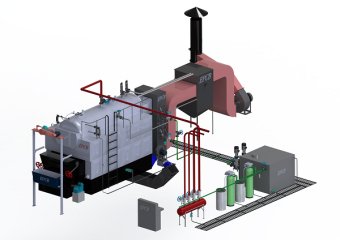 Steam Boiler
Steam Boiler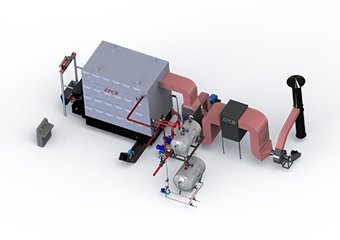 Thermal Oil Boiler
Thermal Oil Boiler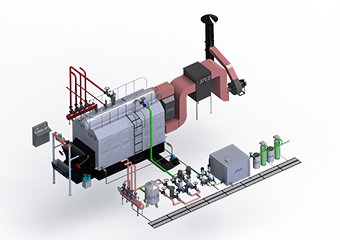 Hot Water Boiler
Hot Water Boiler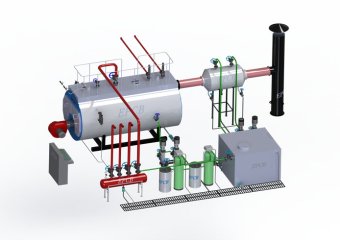 Steam Boiler
Steam Boiler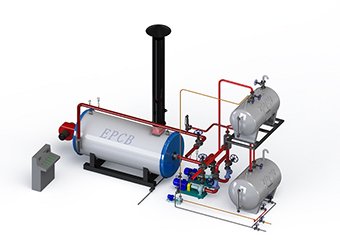 Thermal Oil Boiler
Thermal Oil Boiler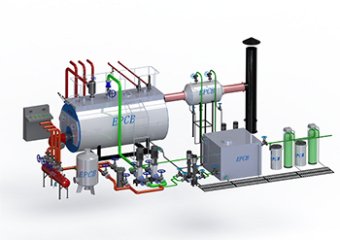 Hot Water Boiler
Hot Water Boiler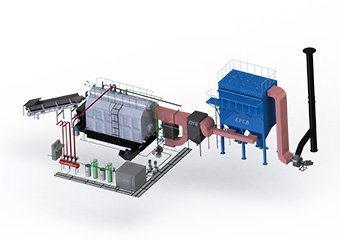 Steam Boiler
Steam Boiler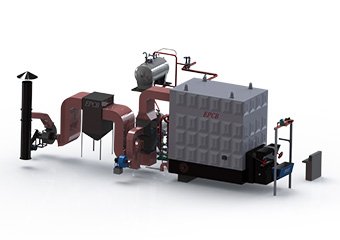 Thermal Oil Boiler
Thermal Oil Boiler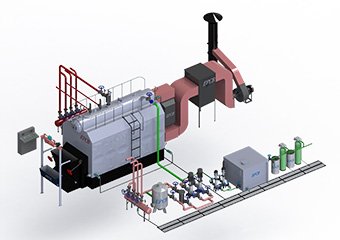 Hot Water Boiler
Hot Water Boiler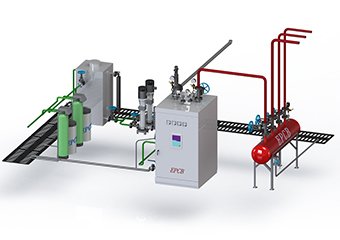 Steam Boiler
Steam Boiler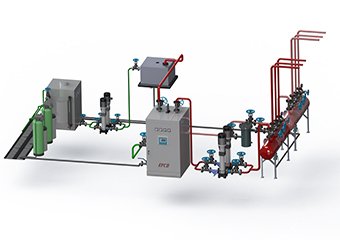 Hot Water Boiler
Hot Water Boiler



















